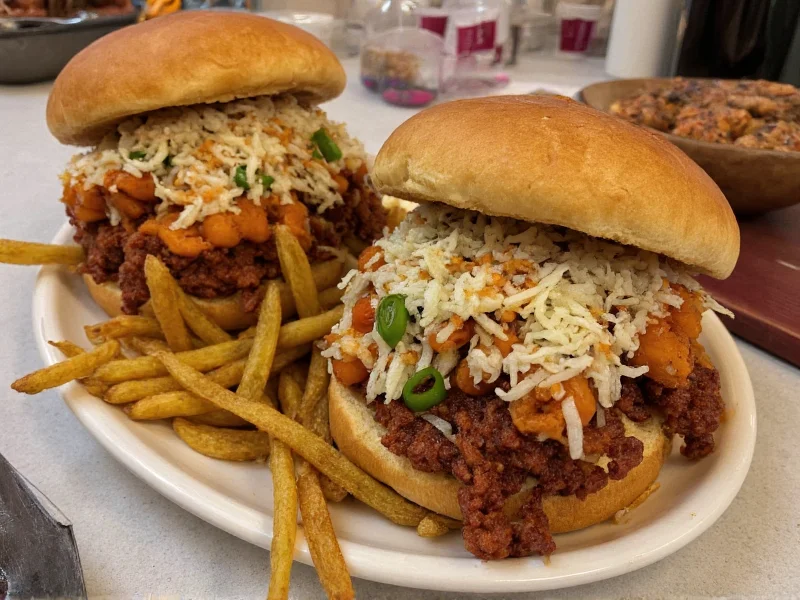When someone asks what's Chipotle, they're most commonly referring to the internationally recognized restaurant brand rather than the culinary ingredient. The capitalization provides an important clue: Chipotle (capitalized) typically means the restaurant, while chipotle (lowercase) refers to the smoked pepper.
Chipotle Mexican Grill: The Restaurant Phenomenon
Founded by Steve Ells in Denver, Colorado in 1993, Chipotle Mexican Grill has grown from a single storefront to a global fast-casual dining powerhouse with over 3,300 locations worldwide as of 2024. The restaurant's "Food With Integrity" philosophy emphasizes responsibly sourced ingredients, including:
| Ingredient Type | Chipotle's Sourcing Standard | Industry Average |
|---|---|---|
| Beef | 100% pasture-raised or grass-fed | Conventional grain-fed |
| Pork | Responsibly raised, no crates | Conventional confinement |
| Chicken | No antibiotics ever | Antibiotics commonly used |
The assembly-line ordering system lets customers customize bowls, burritos, tacos, and salads with fresh ingredients prepared in full view. This transparent preparation method became Chipotle's signature experience, distinguishing it from traditional fast food.
The Original Chipotle: Smoked Jalapeño Pepper
Centuries before the restaurant existed, chipotle (from Nahuatl chilpoctli, meaning "smoked chili") referred to ripe red jalapeño peppers that undergo smoke-drying. This preservation technique developed by indigenous Mesoamerican cultures creates a distinctive:
- Flavor profile: Smoky, earthy, with moderate heat (5,000-10,000 Scoville units)
- Texture: Leathery exterior with moist interior when properly rehydrated
- Culinary uses: Adobo sauce base, mole preparations, salsas, and marinades
Chefs typically reconstitute dried chipotles by soaking in hot liquid before blending into sauces. The canned variety packed in adobo sauce (a tomato-vinegar-paprika mixture) remains the most accessible form for home cooks exploring authentic Mexican flavors.
Context Determines Meaning
Understanding whether what's Chipotle refers to the restaurant or pepper depends entirely on context:
- Restaurant context: "Let's grab lunch at Chipotle," "Chipotle stock price," "Chipotle catering menu"
- Culinary context: "Add chipotle to the sauce," "chipotle powder substitute," "where to buy dried chipotle peppers"
The restaurant's massive cultural presence means that in everyday American conversation, "Chipotle" most frequently indicates the dining establishment. However, culinary professionals and Mexican cuisine enthusiasts typically use "chipotle" when discussing the ingredient.
Common Misunderstandings Clarified
Many people searching what is Chipotle Mexican Grill or what's chipotle restaurant don't realize the term originated from Mexican culinary tradition. The founder specifically chose the name to reflect the restaurant's focus on authentic Mexican flavors using this distinctive ingredient.
Similarly, those asking is chipotle a type of pepper often don't know that the restaurant chain's name directly references this ingredient. This linguistic connection explains why chipotle peppers feature prominently in several Chipotle menu items, including their signature chipotle lime dressing and adobo-marinated meats.











 浙公网安备
33010002000092号
浙公网安备
33010002000092号 浙B2-20120091-4
浙B2-20120091-4